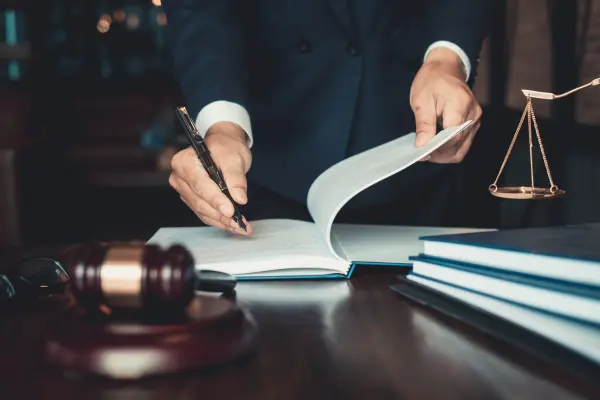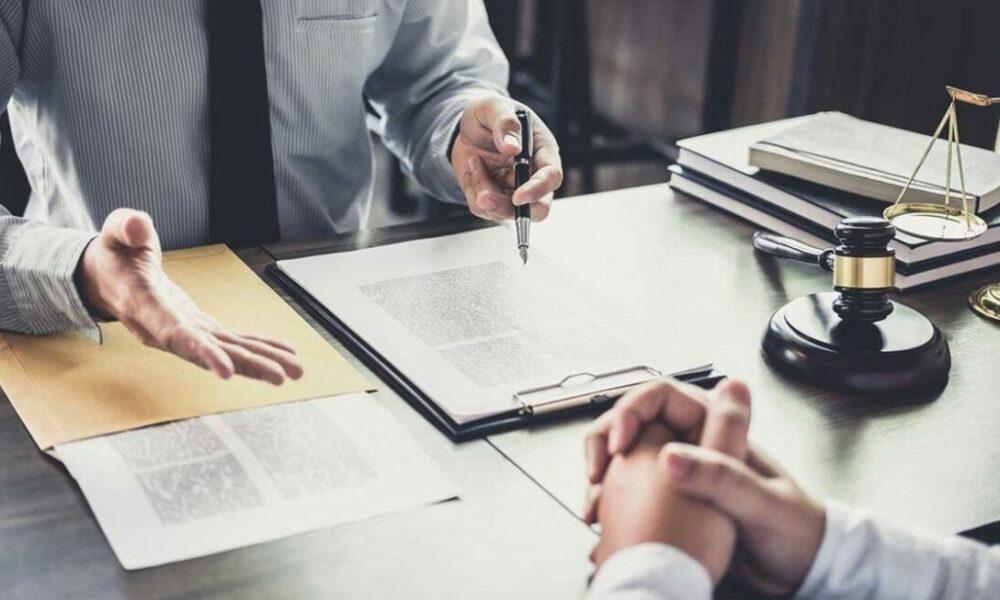Slip-and-fall accidents can happen to anyone and anywhere, from grocery stores to parking lots. While such incidents may seem straightforward, proving negligence in a slip-and-fall case requires meticulous attention to detail. This comprehensive guide explores the nuances of building a strong case, helping victims understand their rights and the steps necessary to secure fair compensation.
Understanding Negligence
Legal Definition of Negligence
Negligence occurs when an individual or entity fails to exercise reasonable care, leading to harm or injury to another person. In slip-and-fall cases, this typically involves property owners or managers neglecting their responsibility to maintain safe premises.
Duty of Care in Slip-and-Fall Cases
Property owners and occupiers owe a duty of care to ensure their premises are reasonably safe for visitors. This includes addressing potential hazards, conducting regular inspections, and providing adequate warnings for temporary dangers like wet floors.
How Negligence Differs from Liability
Negligence requires proving that the property owner’s actions (or lack thereof) caused the accident. In contrast, liability focuses on whether the owner is legally responsible, regardless of intent.
Common Causes of Slip-and-Fall Accidents
Environmental Hazards
- Wet or slippery surfaces due to spills, leaks, or rain.
- Icy or snowy conditions left untreated.
- Loose rugs or mats.
Structural Defects
- Broken stairs, handrails, or flooring.
- Uneven sidewalks or pavements.
Inadequate Maintenance
- Failing to repair known issues in a timely manner.
- Insufficient lighting, especially in high-traffic areas.
Other Contributing Factors
- Lack of warning signs for temporary hazards such as freshly mopped floors.
Elements Required to Prove Negligence
Duty of Care
To prove negligence, the plaintiff must establish that the property owner owed them a duty of care. For instance, business owners are expected to maintain a safe environment for customers.
Breach of Duty
This involves demonstrating that the property owner failed to fulfill their duty. Examples include ignoring known hazards or neglecting routine maintenance.
Causation
The plaintiff must show that the breach directly caused their injury. This requires linking the hazardous condition to the accident and subsequent harm.
Damages
Finally, the plaintiff must prove that the accident resulted in tangible damages, such as medical bills, lost wages, or pain and suffering.
Collecting Evidence for a Slip-and-Fall Case
Photographic Evidence
Take clear photos of the accident scene, focusing on the hazardous condition and lack of warnings. Document any visible injuries immediately.
Witness Testimonies
Eyewitness accounts can provide invaluable support by corroborating the details of the incident.
Surveillance Footage
Video recordings from security cameras can be critical in proving the presence of a hazard and the timing of the accident.
Accident Reports
File an official report with the property owner or manager and request a copy for your records.
Medical Records
Obtain thorough documentation of your injuries from a healthcare professional, including diagnoses, treatments, and anticipated recovery time.
Expert Testimonies
Experts such as safety engineers or medical professionals can strengthen your case by providing objective analysis.

Steps to Prove Negligence
Step 1: Document the Incident
Start by collecting as much evidence as possible. Use photos, videos, and written notes to record the details.
Step 2: Seek Immediate Medical Attention
Prompt medical care not only ensures your well-being but also provides official documentation of your injuries.
Step 3: Notify the Property Owner or Manager
Inform them of the incident and request a written acknowledgment. This creates a formal record.
Step 4: Gather and Preserve Evidence
Store all evidence securely and avoid tampering with original documents or images.
Step 5: Consult an Attorney
An experienced personal injury lawyer can guide you through the legal process and improve your chances of success.
Step 6: File a Claim
Work with your attorney to file a formal claim within the statute of limitations.
Defenses Used by Property Owners
Comparative Negligence
Property owners may argue that the victim shares responsibility for the accident, such as ignoring warning signs.
Assumption of Risk
They may claim the victim knowingly engaged in risky behavior.
No Prior Knowledge
The defense might assert they were unaware of the hazard and thus couldn’t have prevented the accident.
Open and Obvious Doctrine
If the hazard was clearly visible, the property owner may argue it was the victim’s responsibility to avoid it.
Legal Process for Slip-and-Fall Cases
Filing a Lawsuit
Begin by filing the claim in the appropriate jurisdiction. Ensure all legal documents are accurate and timely.
Discovery Phase
Both parties exchange evidence, including depositions, interrogatories, and expert reports.
Negotiation and Settlement
Most cases are resolved through negotiation. Settling out of court can save time and resources.
Trial Process
If negotiations fail, the case proceeds to trial, where evidence is presented before a judge or jury.
Tips for Strengthening Your Case
Avoiding Common Mistakes
- Do not delay reporting the accident.
- Avoid making inconsistent or exaggerated statements.
Staying Organized
Keep all documents, receipts, and correspondence related to your case in one place.
Maintaining Credibility
Ensure all your statements and evidence are truthful and consistent.
Conclusion
Proving negligence in a slip-and-fall case can be challenging, but with the right approach, it is possible to secure the compensation you deserve. By understanding the legal requirements, gathering strong evidence, and seeking expert legal guidance, you can navigate the process with confidence. If you’ve been injured in a slip-and-fall accident, take action today to protect your rights and well-being.


